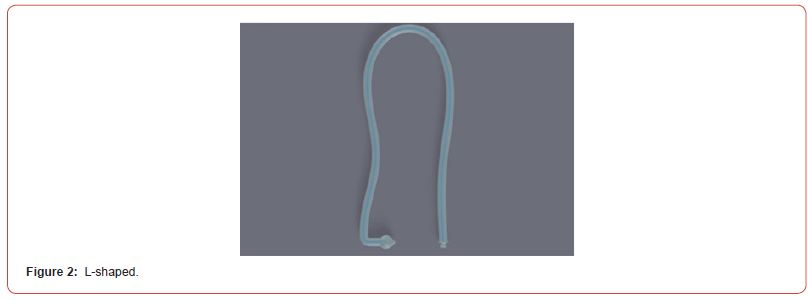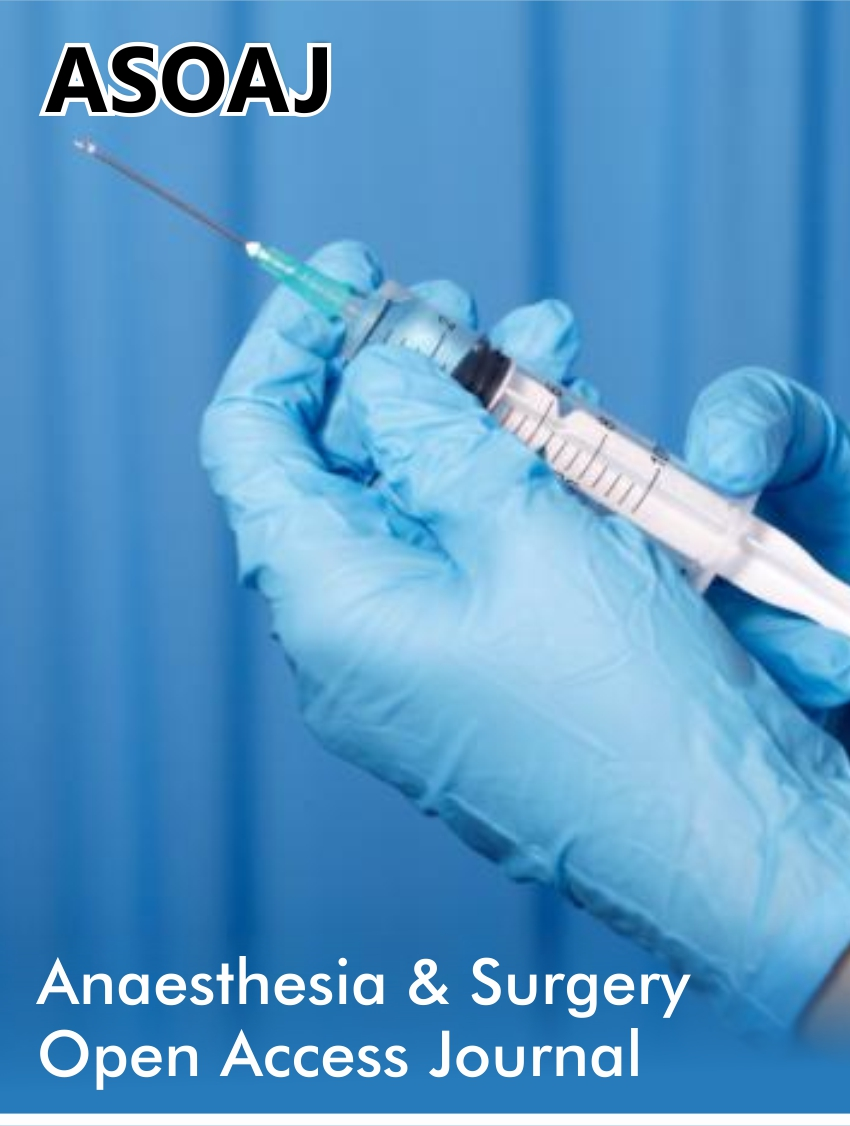Authored by Ahmet Turhan Kılıç*,
Abstract
Cardiopulmonary bypass and myocardial protection is one of the main topics of cardiac surgery. During the aortic cross clamp, myocardium is protected by providing hypothermic diastolic arrest in the heart with different administration routes and different cardioplegia solutions. In this new technique we developed, it is aimed to provide local myocardial protection by using intracoronary cardioplegia shunt after coronary artery arteriotomy during on-pump surgery.
Keywords:Myocardial Protection; Cardioplegia
Introduction
Cardiopulmonary bypass and myocardial protection is one of the main topics of cardiac surgery. During the aortic cross clamp, myocardium is protected by providing hypothermic diastolic arrest in the heart with different administration routes and different cardioplegia solutions. Cardioplegia is given antegradely from the cross-clamped aorta [1] and retrogradely from the coronary sinus [2]. In this new technique we developed, intracoronary cardioplegia shunt should be placed after arteriotomy to the coronary artery during on-pump surgery. It is aimed to deliver cardioplegia to the myocardial tissue supplied by the proximal totally occluded coronary vessel with conventional methods.
Discussion
Antegrade cardioplegia cannot provide adequate myocardial protection in patients with diffuse coronary artery disease and acute coronary syndrome including the left main coronary. In these patients, cardioplegia is also given retrograde. However, there are disadvantages of retrograde cardioplegia. Cardioplegia given in this way cannot reach the right ventricle at a sufficient level. In addition, difficulty in placement of the cannula in pediatric patients, inadequate distribution in patients with myocardial hypertrophy, and coronary sinus ruptures may develop during application [3]. İntra-coronary shunt is used to provide a bloodless environment during anastomosis and to avoid ischemia during this period in off pump coronary artery bypass surgery, [4]. Ischemia develops in myocardial tissue, where cardioplegia cannot reach with conventional methods, especially in total coronary artery occlusions due to plaque ruptures, aortic dissections involving the coronary ostium, and advanced stenotic coronary artery disease. Thanks to the cardioplegia cannula we have developed, myocardial protection will be provided effectively in such lesions.The system is made of disposable silicone material. It is T-shaped and L-shaped. Both ends of the T-shaped cannula are inserted into the coronary artery. The long segment of the T is compatible with the classical cardioplegia system [Figure 1]. In coronary arteriotomies performed just distal to the lesion, the L-shaped cannula will provide technical convenience for the administration of cardiology and placement of the cannula in the coronary artery [Figure 2]. The system is marked with a blue line. This line will help detect rotations that will develop in the line and silicon. The line must be designed to withstand the pressure of 60 mmHg inside.


Conclusion
Intracoronary cardioplegia shunt It was developed for use in on-pump coronary bypass surgery. Thanks to this shunt, we predict that myocardial tissue can be protected by local cardioplegia in patients with coronary artery disease in whom cardioplegia is insufficiently distributed with conventional methods.
To read more about this article...Open access Journal of Anaesthesia & Surgery
Please follow the URL to access more information about this article
https://irispublishers.com/asoaj/fulltext/a-new-technique-in-myocardial-protection.ID.000577.php
To know more about our Journals...Iris Publishers
To know about Open Access Publishers





No comments:
Post a Comment